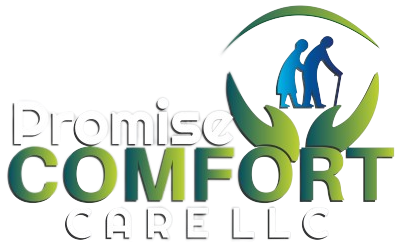Why exercise | Benefits
For Senior citizens, maintaining physical activity is crucial to supporting a good aging process.
-
Stronger heart and immunity
Exercise, including cardio and strength training, can reduce the chance of developing chronic heart disease or cardiovascular risk factors. Regular physical activity enhances the quality of and prolongs active life.
-
Improve cognitive function & lower mental ailments.
Frequent exercise and refined motor skills are good for cognitive function. Numerous studies indicate that physically active adults are less likely to develop dementia.
Exercise has a virtually endless list of advantages for mental health. Exercise releases endorphins, the hormone that reduces stress and makes you feel content and joyful. Exercise has also been related to better sleep, which is crucial for older persons with insomnia and altered sleep patterns.
-
Enhance muscle, bone, and joint performance.
Appropriate resistance exercise increases flexibility and strengthens key muscle groups. Older individuals who experience osteoarthritis pain face serious challenges because their joints and muscles become tight and immovable. Even though age-related joint changes cannot be reversed with exercise, keeping your muscles and joints mobile is crucial for reducing pain.
Osteoporosis, a disorder that affects many elderly persons, causes bones to deteriorate and become more prone to breaking. It has been demonstrated that regular resistance training helps keep bones strong as we age.
-
Avert accidents, and prevent falls.
Falls become a serious concern when people lose their flexibility, strength, and coordination. Illness or disability may also be additional risk factors. The risk of falls, accidents, and potential hospital admissions can be decreased by exercise.
Fitness professionals have a fantastic chance to empower our seniors to find things they enjoy doing to have a healthy and active lifestyle, in addition to assisting them in improving their overall health and well-being through exercise.
Best Exercises for the Elderly
According to current physical activity recommendations, seniors should engage in 1 and a half hours of moderate-intensity exercise, 75 to 150 minutes of strenuous exercise, or an equivalent amount of moderate- and high-intensity exercise per week.
This advice encourages older people to exercise regimens combining resistance, aerobic, and balance training.
The sit-to-stand exercise, commonly called the chair stand or chair raise exercise, helps you maintain or increase your mobility and independence while strengthening your lower body and is important to prevent falls. To perform the sit-to-stand exercise without using your hands is the ultimate goal. As you gain strength, this will become simpler.
They are still urged to exercise as much as they can bear, even if they are not in good enough health to get at least 150 minutes per week. It’s also crucial to remember that you can start at any time and any age.
Exercise with Caution | Be careful
While seniors benefit from regular physical activity, not all exercise forms suit them. The elderly new to exercise may be unprepared for strenuous sports like soccer, basketball, baseball, or running.
If you have arthritis or other joint discomfort caused by aging, these can also be difficult on your joints. Choose activities that will help you gain strength and stamina gradually.
Low-impact activities like yoga, walking, swimming, and flat-surface biking let you do this without overtaxing your musculoskeletal system.
Gardening and light housework are examples of physical activity. The key is choosing a form of exercise you enjoy and is likely to continue doing over time.
You should start cautiously if you haven’t exercised recently. You can gradually increase your workout routine. It’s best if you can accomplish more.
Do what you can, but try not to feel overwhelmed. It’s always preferable to exercise than to do nothing. Your ultimate objective might be to exercise to the suggested levels for your age and health.
Drawbacks of not Exercising
An inactive lifestyle is one of the leading causes of many chronic diseases. You increase your risk of heart disease, metabolic syndrome, osteoporosis, and a rise in the likelihood of falling if you don’t exercise regularly.
A lack of physical activity may account for around half of the physical decline of age. Without regular exercise, people over 50 can develop several health issues, such as reduced muscle mass, strength, physical endurance, balance, joint flexibility and mobility, cardiovascular and respiratory function, bone strength, and increased susceptibility to mood disorders, such as anxiety and depression.

